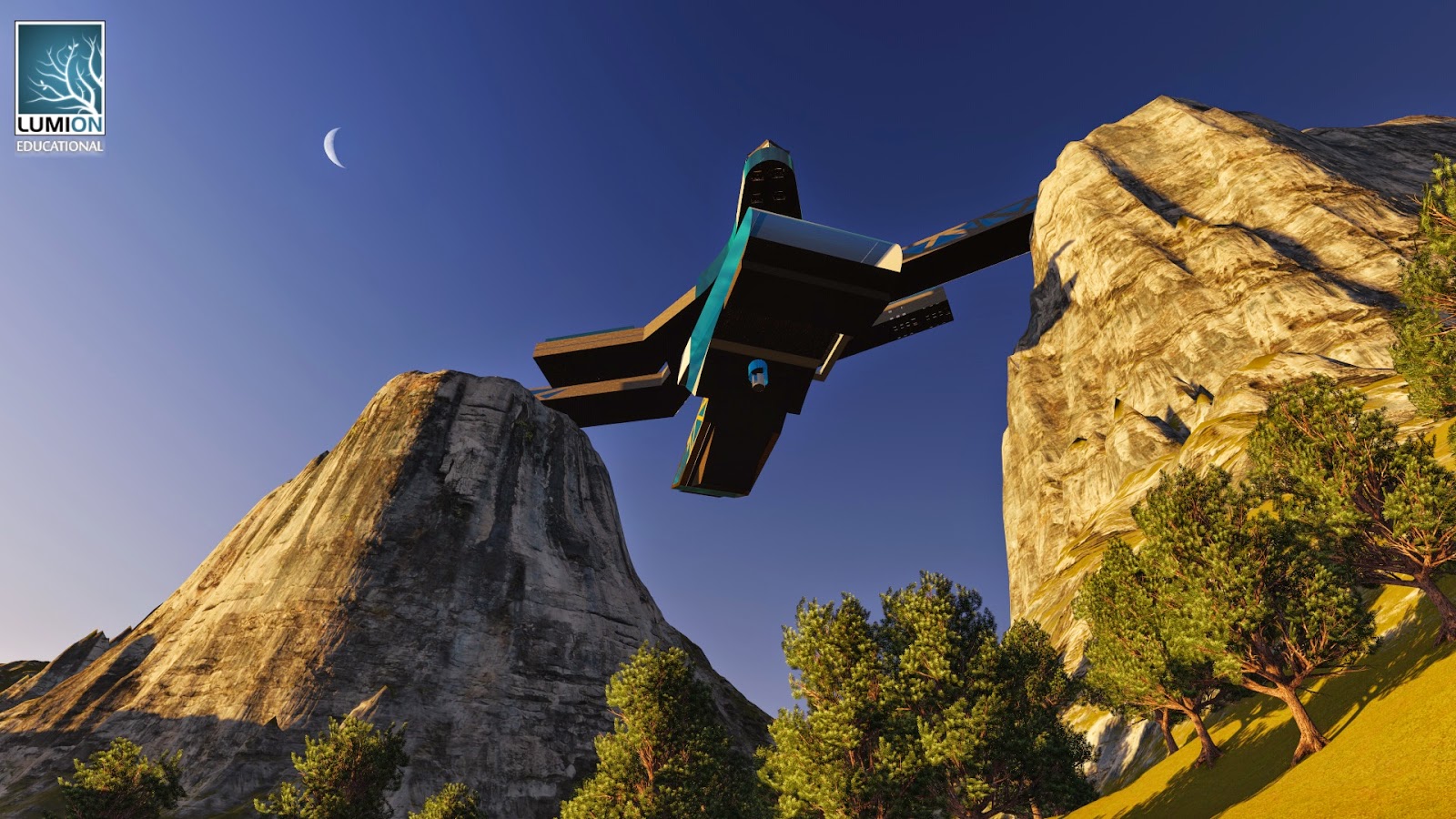Saturday, June 28, 2014
[EXP3] Links to my final sketchup model and Lumion environment
Link to Sketchup model (includes the bridge, two moving elements and the folly):
https://3dwarehouse.sketchup.com/model.html?id=ubf455470-e80e-4893-a2ff-74de82744a58
Link to Lumion environment:
https://drive.google.com/folderview?id=0B209QLgC3lUCeHdkaUhSUlFXMlk&usp=sharing
https://3dwarehouse.sketchup.com/model.html?id=ubf455470-e80e-4893-a2ff-74de82744a58
Link to Lumion environment:
https://drive.google.com/folderview?id=0B209QLgC3lUCeHdkaUhSUlFXMlk&usp=sharing
[EXP3] Interior of Final Bridge In Lumion Environment
Friday, June 27, 2014
[EXP3] Moving Elements + Architectural Folly
Moving element one: The elevator moves vertically between the ground and the elevator lobby of the bridge. The elevator is designed white to imitate the egg of the "living dragon", which makes the elevator a part of the living architecture.
Moving element two: The flying platform works as a shuttle bus to transfer people from the folly to the elevator of the bridge.
[EXP3] Final Bridge In Lumion Environment
 |
| The bridge and the folly |
 |
| The bridge looks like a living dragon spanning its wings over the two mountains, which echoes my architectural theory of 'living architecture to cope with unforgiving natural environment.' |
 |
| Top view of the environment |
 |
| Side view of the bridge |
 |
| Here is an illusion that the "living dragon" is lifting its head and is ready to fly |
 |
| Showing the interior of the bridge from outside |
Thursday, June 26, 2014
Thursday, June 5, 2014
[EXP3] Inspired Landscape and Draft Lumion Environments
Monday, June 2, 2014
[EXP3] Article Mashup
The goal of architecture is to create structures to
house humans and their activities. Some spots are such beautiful potential
locations for a home, yet repeated natural disasters make them inhospitable. In an age
when we're faced with repeated flooding, tornadoes, hurricanes and
earthquakes, to design for instability is a really powerful thing. Logically, "living
architecture" has to have a theoretical basis that begins with a
series of surrealist fantasies that often take their cues from natural shapes
like shells. Living
buildings could "absorb pollutants and carbon dioxide, and even offer
better protection against natural disasters. A living city could
stop nature’s cycle of destruction with a dramatic change in the way our houses
look. To make good
buildings, we need a worldview, a healthy worldview enables
us to confer survival strategies and some form of
adaptation to our buildings.
References:
http://www.archdaily.com/429404/unified-architectural-theory-chapter-1/ (accessed June 2, 2014)http://weburbanist.com/2014/03/19/surrealist-disaster-proof-structures-for-dangerous-locations/ (accessed June 2, 2014)
http://www.dezeen.com/2014/05/25/movie-rachel-armstrong-living-architecture-project-persephone/ (accessed June 2, 2014)
Sunday, June 1, 2014
Subscribe to:
Comments (Atom)





















